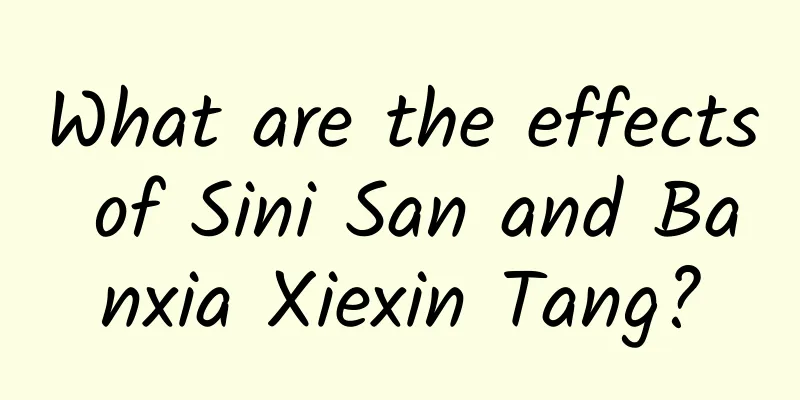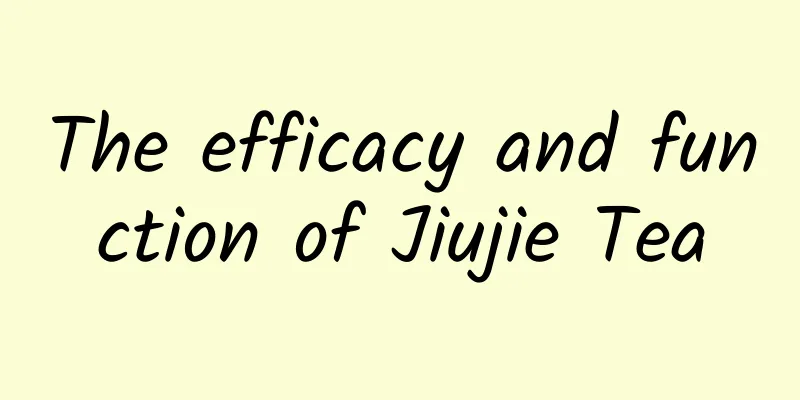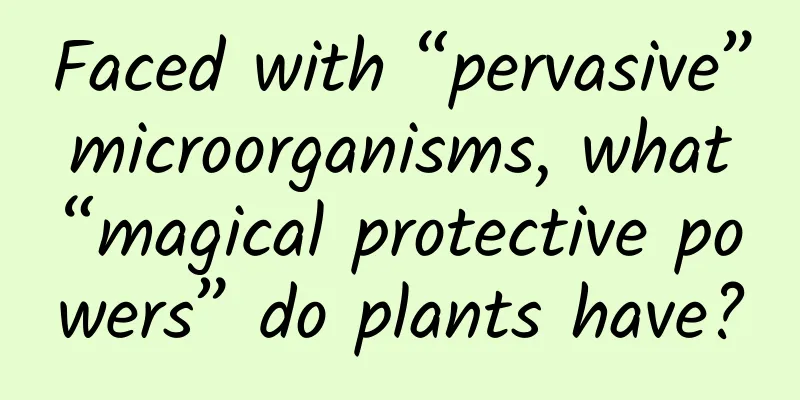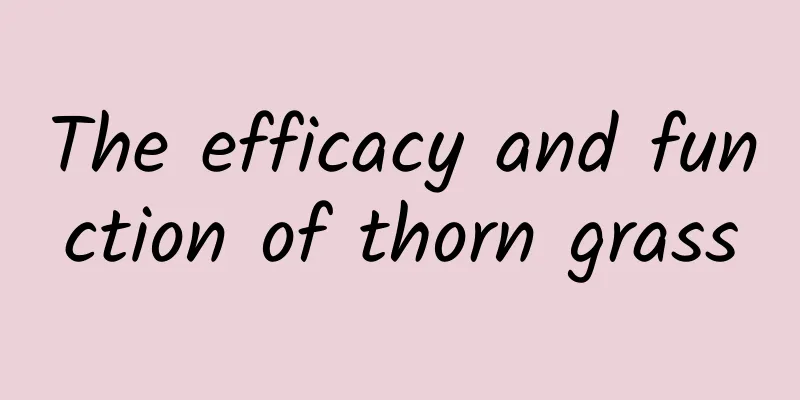What are the effects of Sini San and Banxia Xiexin Tang?

|
In the past, when people were sick, they would always take some Chinese medicine. They would get some medicinal materials from the doctor and then make the decoction themselves. It is not only troublesome but also complicated. However, with the continuous progress of society, there are now some Chinese patent medicines on the market. Not only does it make it much more convenient for everyone to take, but it also has the same efficacy. Among them, we introduce to you the effects of Sini San and Banxia Xiexin Tang. Banxia Xiexin Decoction 【Name】Banxia Xiexin Decoction [Classification] Conciliatory agent - regulating cold and heat 【composition】 1/2 liter of Pinellia ternata, washed (12g) 3 liang of Scutellaria baicalensis, dried ginger, and ginseng (9g each) 1 liang of Coptis chinensis (3g) 12 pieces of jujube, split (4 pieces) 3 liang of Licorice root, roasted (9g) [Usage] Take the above seven ingredients, add one dou of water, boil and take out six liters, remove the residue and boil again, take out three liters, take one liter while warm, three times a day. 【Effects】Balances cold and heat, disperses lumps and relieves abdominal distension. 【Recipe explanation】 The abdominal distension treated by this prescription is caused by the incorrect use of Xiao Chaihu Decoction, which damages the middle yang and allows external evil to enter the body, resulting in a combination of cold and heat, and forming an abdominal distension below the heart. "Pi" means that there is blockage and obstruction, and the upper and lower parts cannot communicate with each other. The area below the heart is the stomach cavity, which is associated with spleen and stomach diseases. The spleen and stomach are located in the middle burner and are the hub for the rise and fall of yin and yang. Now that the middle qi is weak, cold and heat are intertwined, resulting in a lump in the abdomen. Once the vital energy in the middle is damaged, its rise and fall become abnormal, resulting in vomiting and intestinal rumbling and diarrhea. The treatment should be to adjust the cold and heat, invigorate the Qi and harmonize the stomach, disperse the lumps and eliminate the abdominal distension. The prescription uses Pinellia ternata, which is pungent and warm, as the main ingredient. It can disperse lumps and eliminate abdominal distension, and it is also good at relieving nausea and vomiting. I use the pungent and hot properties of dried ginger to warm the middle and dispel the cold, and the bitter and cold properties of scutellaria baicalensis and coptis chinensis to clear away heat and relieve abdominal distension. The above four medicines are used together to balance the cold and heat, and to open up the body with pungent properties and lower the body with bitter properties. However, the combination of cold and heat is due to the deficiency of the middle part of the body and the disorder of rising and falling. Therefore, the prescription also uses ginseng and jujube to nourish the spleen with their sweet and warm properties, and to replenish the deficiency of the spleen. It is combined with pinellia to have both rising and falling effects, so as to restore the normal rising and falling of the spleen and stomach. Licorice is used to nourish the spleen and harmonize the middle and regulate other medicines. The whole prescription uses both cold and hot to harmonize yin and yang, uses both bitter and spiciness to adjust its rise and fall, and uses both tonifying and purgative to take care of the deficiency and excess. These are the characteristics of the prescription. It can relieve cold and heat, and restore normal rise and fall of blood circulation, and the distension, vomiting and diarrhea will heal themselves. This prescription is Xiao Chaihu Decoction without Chaihu and ginger and with Coptis chinensis and dried ginger. It is transformed into a Shaoyang harmonizing agent and a prescription for regulating cold and heat. The later generations followed his method, adding or subtracting medicine according to the symptoms, and widely applied it to various symptoms of mixed cold and heat, and imbalance of ascending and descending. [Formula Song] Pinellia, Xiexin, Coptis, Scutellaria, dried ginger, licorice, ginseng and jujube are used together to treat deficiency and abdominal distension. The method is to descend yang and harmonize yin. Sini San: Rhyme In Sini San, bupleurum, peony, aurantium and licorice root are used. This is because Yang depression causes coldness and reverse coma, and the coldness can be eliminated by soothing and harmonizing the depression. composition Bupleurum, peony, immature bitter orange, and liquorice. Dosage 6g each of licorice (roasted), immature bitter orange (broken, soaked in water, roasted and dried), bupleurum, and peony. usage Pound and sieve the above four ingredients, take a square inch of it with white water, three times a day. Modern usage: decoction in water. function Expel pathogens and relieve depression, soothe the liver and regulate the spleen Indications 1. Yang depression and syncope. Cold hands and feet, or abdominal pain, or diarrhea with heavy stool and stringy pulse. 2. Liver and spleen qi depression syndrome. Distension in the ribs, pain in the epigastrium and abdomen, and stringy pulse. Fang Yi This syndrome is mostly caused by external evil penetrating into the interior through the meridians, which blocks the Qi and prevents it from flowing out, resulting in internal stagnation of Yang Qi. The treatment is mainly aimed at expelling the evil, relieving stagnation, and soothing the liver and regulating the spleen. The Yang Qi is depressed inside the body and cannot reach the extremities, resulting in cold hands and feet. This kind of "four reverses" is fundamentally different from the cold and reverse symptoms of the limbs caused by deficiency of yang and excess of yin. As Li Zhongzi said: "Although this symptom is called four adverse symptoms, it is not necessarily very cold. The fingers may be slightly warm, or the pulse may not be deep and weak. It is a symptom of yang contained in yin, but the qi is not flowing freely, which is the adverse cold." In the prescription, Chaihu enters the liver and gallbladder meridians, promotes yang qi, soothes the liver and relieves depression, and expels evil, so it is the main medicine. White peony root can nourish yin and blood and soften the liver. It is used together with bupleurum to nourish liver blood and regulate liver qi. It can make bupleurum ascend and disperse without damaging yin and blood. It is assisted by Zhishi to regulate Qi and relieve depression, relieve heat and break up stagnation. When paired with Baishao, it can regulate Qi and blood and harmonize Qi and blood. Use licorice to harmonize the various medicines, benefit the spleen and harmonize the middle. Compatibility characteristics The combination of Zhishi and Bupleurum, one ascending and one descending, strengthens the function of relieving Qi and has the effect of raising the clear and descending the turbid. The original recipe is taken with white drink (rice soup), which also takes the idea that when the qi in the middle is harmonious, the yin and yang qi will flow smoothly. use This prescription is used for Yang Yu Jue Ni syndrome. In clinical application, cold hands and feet, or abdominal pain, or diarrhea with heavy stool and stringy pulse are the key points for syndrome differentiation. Addition and subtraction If the patient has cough, add Schisandra chinensis and dried ginger to warm the lungs, dispel cold and relieve cough; if the patient has palpitations, add cinnamon twig to warm the heart yang; if the patient has difficulty urinating, add Poria cocos to facilitate urination; if the patient has abdominal pain, add roasted aconite to dispel internal cold; if the patient has diarrhea and heavy stool, add Allium macrostemon to promote yang and dissipate stagnation; if the patient has severe qi stagnation, add Cyperus rotundus and Curcuma aromatica to regulate qi and relieve stagnation; if the patient has fever, add Gardenia jasminoides to clear internal heat. Both Sini San and Banxia Xiexin Tang, two Chinese patent medicines, are very effective in treating some diseases. However, everyone must choose the medicine according to their actual situation, which will be of great help to their physical illness. However, everyone needs to remember that no matter what disease you are treating, it will be safer and more effective under the guidance of a doctor. |
<<: What are the effects of Pectensis
>>: Can Acanthopanax Senticosus Treat Depression?
Recommend
Can I take Fuzi for cold and dampness?
Cold and dampness is a symptom that many people m...
What is ginsenoside rh2?
In fact, many people don’t know much about ginsen...
What are the effects and functions of the traditional Chinese medicine Paris polyphylla
I believe many people are well aware of the medic...
Influenza is prevalent in autumn and winter. How to distinguish between COVID-19, the common cold and influenza?
On November 5, at the press conference of the Joi...
The efficacy and function of Tibetan Aster
Although Western medicine and Western drugs are m...
How smart are killer whales, which are the same color as giant pandas?
In the ocean, there is an animal with the same bl...
Many people say it is a "hidden killer"! Seriously, everyone should be careful...
Expert of this article: Shi Zhaowen, deputy chief...
Countdown to the "Three Tests": The "Three Musts" of Scientific Diet
The countdown to the 2023 National College Entran...
How many degrees did Nezha need to melt the goddess Shiji? Scientific interpretation: At least this number!
Recently, the movie "Nezha: The Devil Boy Co...
The efficacy and function of Inula racemosa
The Chinese medicinal herb Inula racemosa is a re...
The efficacy and function of orpiment
Orpiment is a common Chinese medicinal material w...
How to drink Cistanche deserticola in water
We know that there are many ways to maintain heal...
Sun Wukong couldn't get out of Tathagata's palm, and there's actually a physics reason behind this!
The Arctic tern is perhaps the most light-loving ...
Spring is the right time to lose weight, but how can you effectively reduce excess fat in your body?
With the end of winter, many people are planning ...









